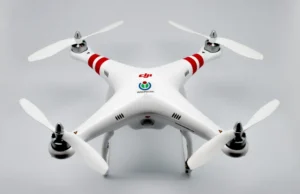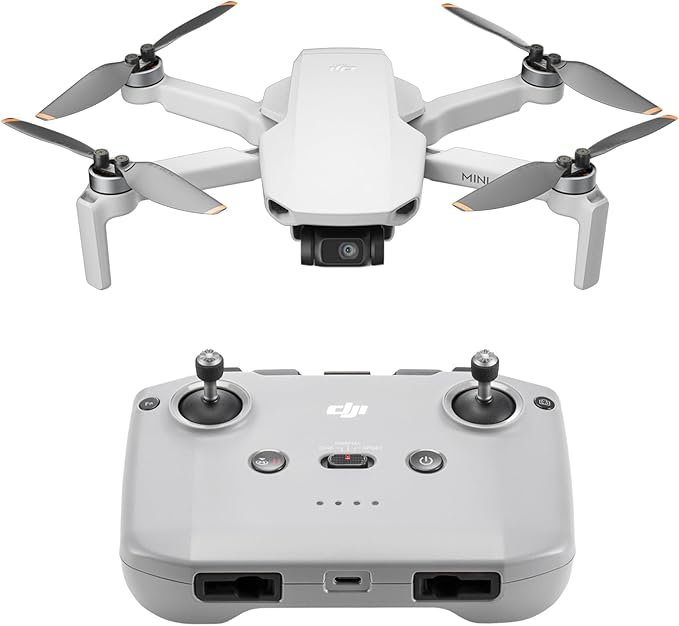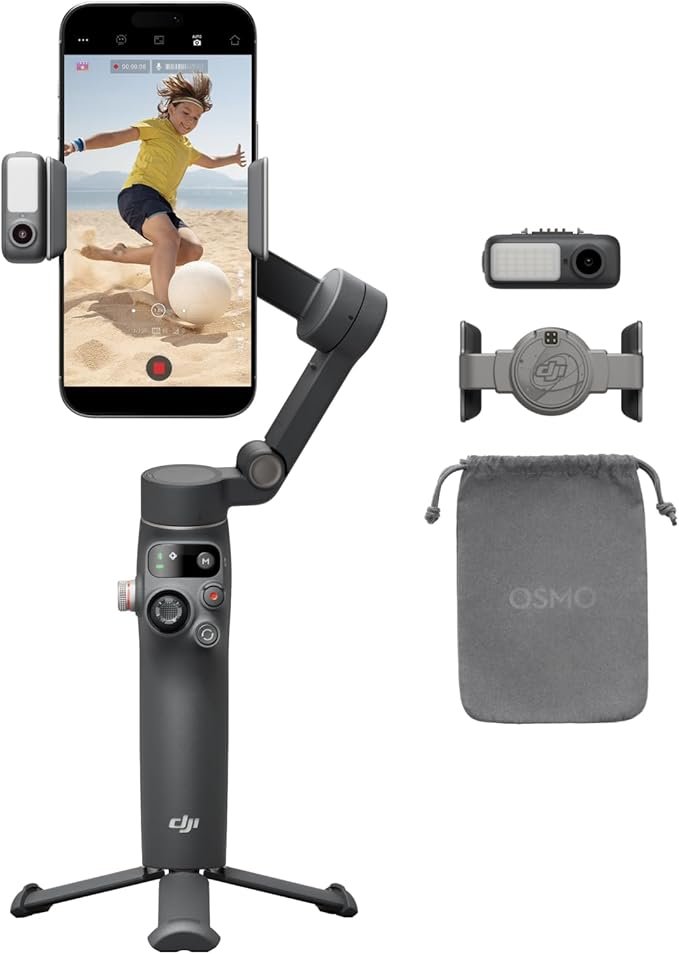GoPro vs DJI: A Tale of Two Tech Giants
How one company soared while the other struggled to stay afloat
GoPro: From Surfer’s Dream to Global Phenomenon
GoPro’s story begins with a simple problem. Back in 2002, Nick Woodman was on a surfing trip in Indonesia and Australia when he noticed fellow surfers struggling to capture their best moments. They’d either strap cameras to their hands with rubber bands (often destroying the equipment) or pay hefty fees for professional photographers.

That’s when inspiration struck. Woodman borrowed money from his parents, commandeered his mom’s sewing machine, and set up shop in their garage. After countless late nights and failed prototypes, he launched the GoPro 35mm HERO in 2004.
The timing was perfect. When they went digital in 2006 and added video recording, GoPro essentially created the action camera category. The rise of social media platforms like Instagram and YouTube gave GoPro wings—suddenly everyone wanted to capture those impossible angles and extreme sports moments.
• 2008: Selling in 140 countries worldwide
• 2014: Successful Nasdaq IPO with 30% first-day gains
• 2015: $1.6 billion in annual revenue, 6.5 million units sold
DJI: The Drone Revolution Takes Flight
While GoPro was riding high, a young Chinese engineer named Frank Wang was quietly revolutionizing another industry. Born in the 1980s, Wang was obsessed with machinery and studied AI and robotics at Hong Kong University of Science and Technology.
Wang’s fixation wasn’t just academic—he was determined to solve the problem of helicopter control. These machines were notoriously difficult to fly and prone to crashing. His breakthrough came with a sophisticated controller board that made stable flight possible.

DJI started in 2006, initially selling just control boards rather than complete drones. The real game-changer came in 2013 with the Phantom 1 quadcopter. Here’s where the GoPro connection becomes crucial: the Phantom 1 didn’t have a built-in camera, so users attached GoPros to capture aerial footage.
When Partnerships Turn Into Competition
The relationship between GoPro and DJI reached a crossroads when Nick Woodman approached DJI about creating an integrated drone-camera system. The negotiations fell apart over profit-sharing disagreements—GoPro, riding high on their success, may have pushed too hard for favorable terms.
Woodman’s response was to partner with another Chinese company for the Karma drone project, announced in late 2014. It seemed like a smart move at the time, but it turned into a disaster. When the Karma finally launched in 2016, drones were literally falling from the sky due to battery issues. The recall of 2,500 units marked the beginning of GoPro’s decline.
Meanwhile, DJI took the rejection as motivation. Instead of dwelling on the failed partnership, they aggressively developed their own camera technology. The 2014 Phantom 2 came with a built-in camera, and the Phantom 2 Vision+ introduced the revolutionary gimbal stabilization system that became the gold standard for drone footage.
Innovation vs. Stagnation
What happened next reveals everything about these two companies’ different approaches to innovation. DJI continued pushing boundaries year after year—4K recording with the Phantom 3 in 2015, the game-changing foldable Mavic Pro in 2016, and eventually the tiny Osmo Pocket action camera in 2018 that directly challenged GoPro on their home turf.
GoPro, on the other hand, seemed to lose their innovative edge. Their cameras remained durable and reliable, but that very durability meant customers didn’t need frequent upgrades. Worse, as smartphone cameras improved dramatically, GoPro’s unique value proposition began to erode.
• DJI controls 90% of the global drone market
• GoPro stock: from $24 (2014) to $0.61 (2025)
• Chinese “knock-off” action cameras offer similar specs at one-third the price
Three Lessons from Their Divergent Paths
1. Relentless Innovation Investment: Frank Wang never stopped investing in R&D, constantly solving customer pain points with technology. DJI’s drones got smarter, safer, and more user-friendly with each generation.
2. Strategic Partnerships: While GoPro fumbled their DJI partnership, DJI embraced collaboration—acquiring Hasselblad, partnering with car manufacturers, and constantly expanding their ecosystem.
3. User Experience Focus: DJI identified real customer frustrations (like drones crashing from battery drain) and engineered solutions. They provided real-time battery monitoring, auto-return functions, and live video streaming—features that competitors simply couldn’t match.
The GoPro vs. DJI story isn’t just about two companies—it’s a masterclass in how innovation, partnerships, and customer focus determine who thrives and who merely survives in the modern tech ecosystem.





1 thought on “GoPro vs DJI”
Comments are closed.